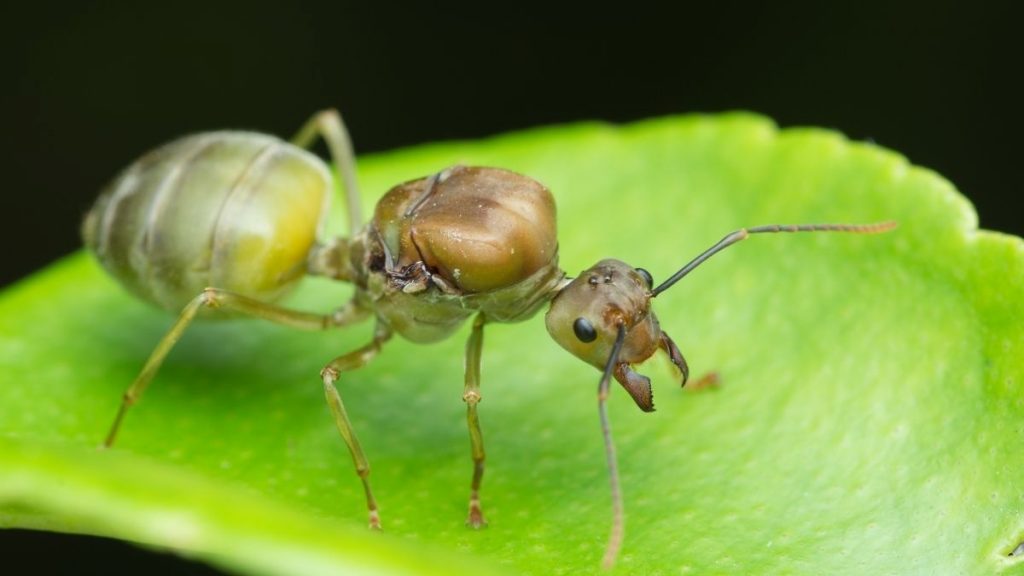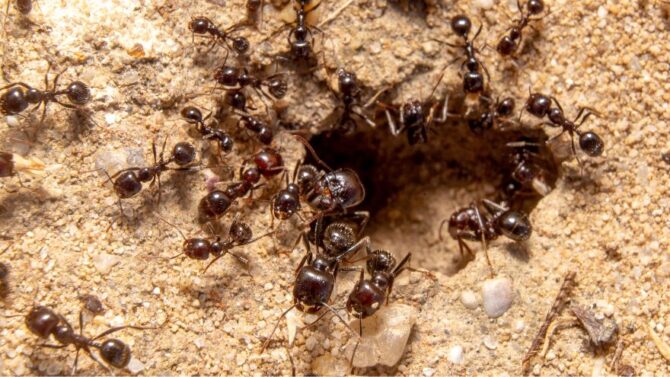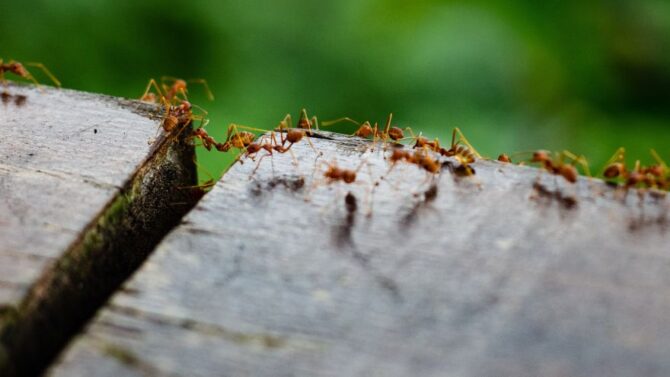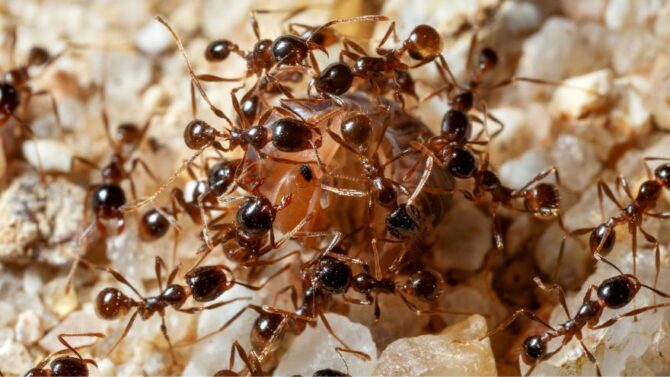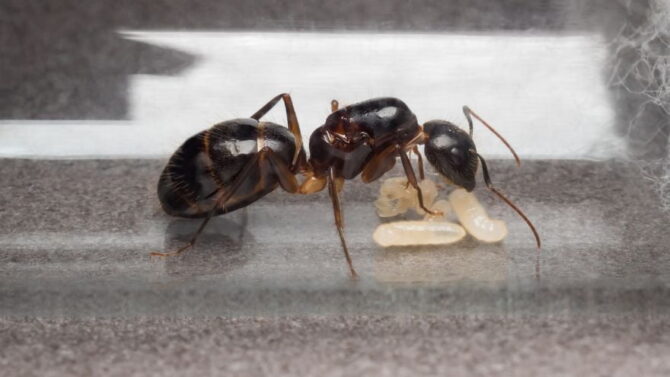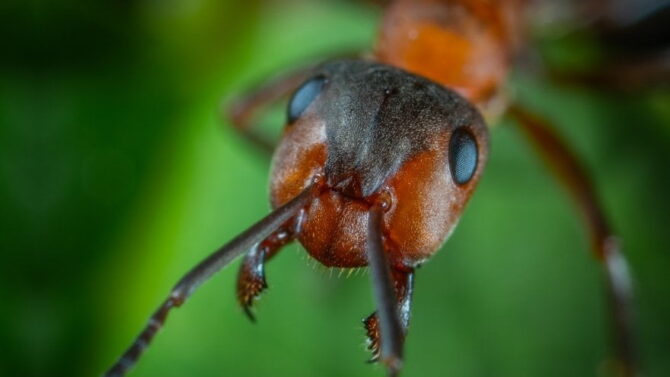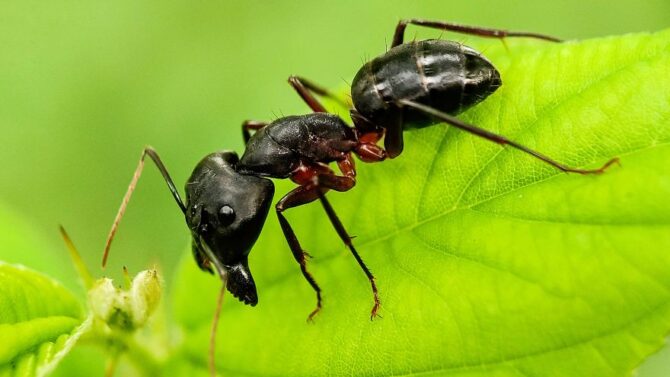Ants are fascinating creatures that are almost everywhere. Although they are small, they’re a pretty terrifying bunch, especially the ones that sting.
These tiny creatures tend to function and thrive comfortably like other animals. Their small size often makes people wonder: do ants have hearts and organs?
Ants don’t have hearts as humans do but in its place is an organ called the “dorsal vessel.” Ants also have other organs to carry out essential biological functions.
Also, they have a few organs similar to the ones found in humans and some other organs unique to them alone.
The way ants function without a heart is interesting to learn, so read on to discover even more exciting things about them.
Do Ants Have Hearts?

Ants don’t have the type of heart found in humans, but the dorsal vessel is in its place. The dorsal vessel is a tubular structure that is the main component of the ant’s circulatory system.
It is located in the hemocoel that runs through the entire length of the ant’s body.
Furthermore, this membranous structure is partitioned into chambers separated by valves to ensure unidirectional hemolymph(ant’s blood) flow.
Contraction of the muscles in the wall of the dorsal vessel force hemolymph to flow from chambers to chambers.
This vessel has two parts, the head part close to the brain is the aorta, and the abdomen is the ant’s heart portion.
Do Ants Have Blood, and What Color is it?
These insects already have their version of a human heart; the same happens with blood. The ants’ blood is known as the “hemolymph.”
The hemolymph is similar to vertebrate blood but only differs because vertebrate blood has red blood cells, but hemolymph doesn’t.
The main reason for the difference between the blood and hemolymph is because the human blood transports oxygen while the hemolymph doesn’t.
Additionally, hemolymph doesn’t transport oxygen because the insect breathes in their oxygen through its spiracles.
The hemolymph contains about:
- 10% of hemocytes cells – responsible for clotting and phagocytosis
- 90% plasma – a clear watery fluid.
Still, sometimes it can be greenish or yellowish. It also contains a higher concentration of inorganic ions, proteins, amino acids, and sugars than vertebrate blood.
The Circulatory System of the Ant
Like every insect, ants have an open circulatory system, unlike vertebrates, including humans.
In this type of circulatory system, the hemolymph majorly flows freely within the ant’s body cavity, thus making direct contact with all the internal organs and tissues.
In the closed circulatory system, blood is carried around the body within the blood vessels, which include arteries, capillaries, and veins.
A pair of alary muscles are attached to the chambers of the ant’s heart, and the continuous contraction of these muscles pushes hemolymph to move forward from one chamber to the other.
The circulatory system of ants helps to move nutrients, hormones, and metabolic waste through its entire body.
It is also responsible for some major defense roles like helping wound healing and destroying foreign organisms in the ants’ body.
The Ant’s Heart Rate
The rate of contraction of an ant’s heart is about 30 to 200 beats per minute. It increases as the ant’s activity level or temperature increases but decreases as the temperature falls.
Can An Ant Have a Heart Attack?
A heart attack occurs when a part of the heart doesn’t get adequate oxygenated blood, and the deposition of fats causes it in the coronary artery.
Thankfully, insects, including ants, can’t have a heart attack or any other heart disease because they have an open circulatory system. Hence, they don’t have any arteries where fats can accumulate.
Another reason ants can’t have a heart attack is that the ant’s hemolymph doesn’t transport oxygen; that’s the function of the tracheal system. Hence, the heart doesn’t depend on hemolymph flow for oxygen.
Do Ants Have Organs?
Apart from the heart (dorsal vessel), ants have other organs, including the sensory, control, digestive, respiratory and excretory organs.
- Sensory and Control Organs: Most ants have eyes to collect visual information about their environment and detect light and shadow. In addition to this, they possess antennae to identify their nest mates and notice enemies.
- Digestive Organs: The food in the ant’s mouth moves through its esophagus to the stomach for digestion. It also has a crop to hold food like every other animal temporarily.
- Respiratory Organs: The respiratory organ of ants includes a system for air-filled tubes known as the trachea. Air from outside flows from the spiracles, an opening in the body wall of ants, to the trachea.
- Excretory Organs: Ants carry out excretion by the use of the group of malpighian tubules that they possess. They also have a rectum to excrete waste.
7 Facts About Ants You Should Know
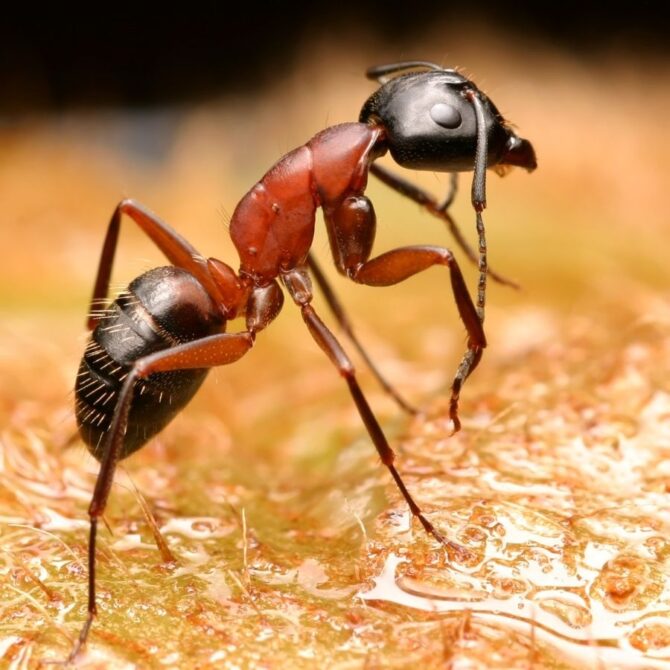
- Ants live a very long life, longer than most insects, and some have a lifespan of up to 30 years.
- They’re social insects and build larger colonies than most ant farms. Ant colonies come in different sizes and shapes and contain thousands to millions of ants.
- Ants don’t have ears for hearing. They don’t have auditory canals; they can only sense vibrations in the ground with the special sensors they possess on their feet and knees.
- Ants are located everywhere in the world apart from Antarctica. Even the few islands that don’t have native species have individual ants that humans bring in.
- Ants can carry up to ten to fifty times their body weight. They’re tiny in size, but their muscles are thicker in proportion to their body mass, giving them the strength to carry much larger items.
- They have a hierarchical system and specific duties. In a typical colony, there’s the:
- Queen, whose job is to lay eggs;
- Male ants, whose job is to impregnate the queen;
- Female ants or workers, whose job is to raise the larvae and look for food and defend their home.
- They’re highly intelligent. Ants are considered the smartest insect species; some species of ants have up to 250,000 brain cells in their small heads.
8 Weird Animals Without A Heart Like Ants You Should Know
The heart must pump blood throughout the body to supply the nutrients and oxygen required for effective system functioning.
Yet, some animals live perfectly without a heart because they depend on other means to get the necessary nutrients and oxygen required for their bodily function.
Some of these animals include:
- Flatworms
- Starfish
- Corals and Polyps
- Sea Cucumbers
- Jellyfish
- Sea Anemones
- Sponges
- Sea Lilies
3 Weird Animals With Multiple Hearts You Should Know
While most animals have the heart to pump blood, some don’t have it at all, yet few even have multiple hearts. The following include interesting animals with multiple hearts:
- Octopus has three hearts
- Hagfish has four hearts
- Cuttlefish has three hearts
Frequently Asked Questions
Do ants have brains?
Yes, ants have brains with many brain cells, with some species having up to 250,000 brain cells, making them the smartest insect species.
Do ants poop and pee?
Yes, ants pee and poop. They have malpighian tubules and rectum for excretion but don’t pee like most insects. Their poop, known as “frass,” removes moisture from their urea to form uric acid and expels it out as a solid along with their frass.
Do ants sleep?
Yes, ants sleep, but theirs is more like powerful naps. Ants can sleep about 90 to 250 times, with each sleep episode lasting for about one to six minutes.
Conclusion
Although ants are tiny in size and don’t have the type of human heart, surprisingly, they have their own special heart that functions perfectly.
Ants are quite special and fascinating because apart from having their version of heart, they also have their version of blood.
Also, they possess other organs for effective biological functioning, making them one fascinating creature.
Featured Image Credit: Chin_Kam_Chuan / Getty Images
